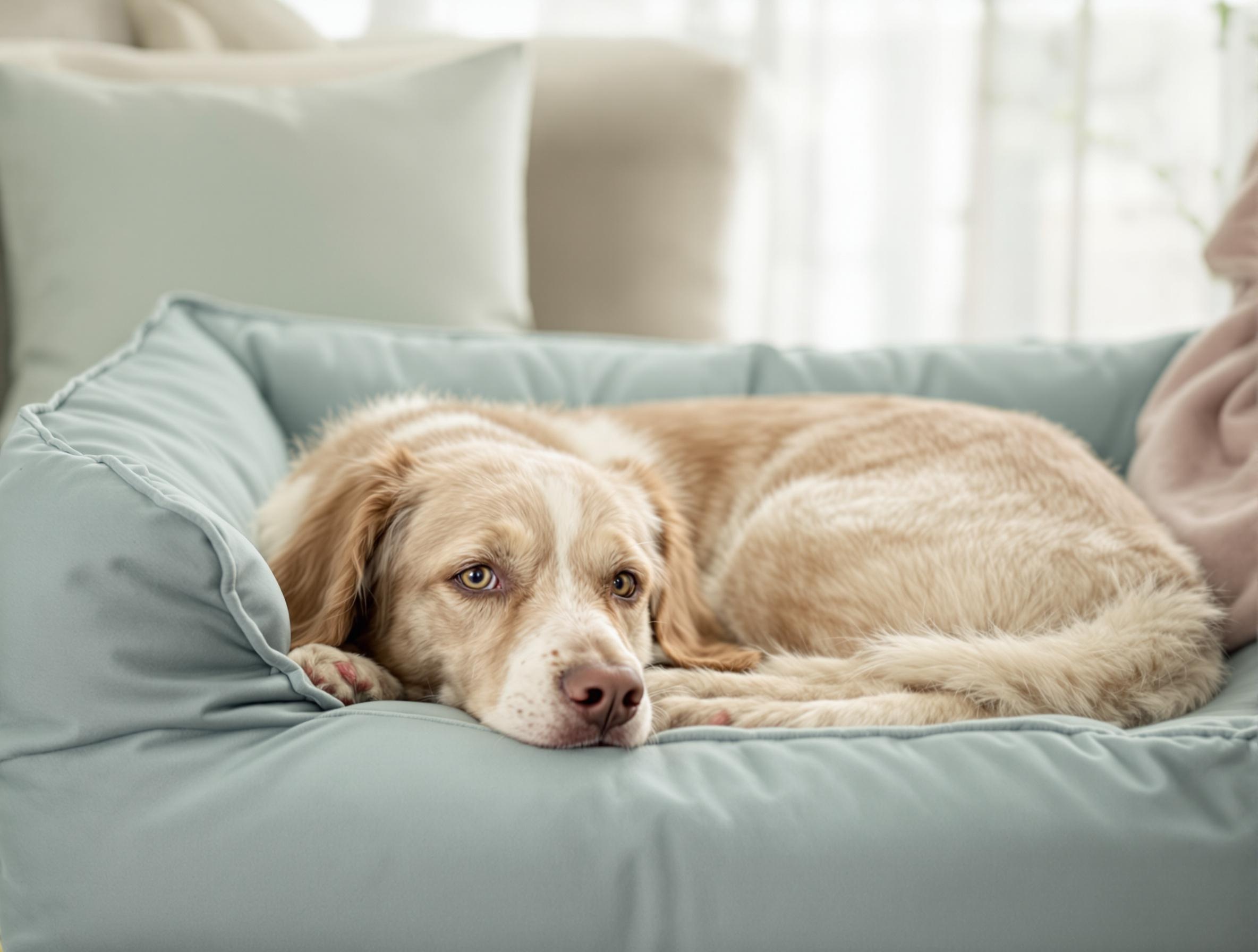7 Must-Try Winter Dog Walk Hacks

Does your dog dread going for walks in the winter, or are they excited to go dashing in the snow? Whether your dog goes for leashed potty walks or you’re keeping up your daily exercise routine in all weather, use our favorite winter dog walk hacks to make the most of your winter wonderland adventures.
1. Create a snow-free potty area with a tarp.
Lay down a tarp or an old shower curtain on the grass before it starts to snow, then remove it to reveal a dry, snow-free spot after the storm that’s perfect for your dog to do their business without freezing their paws.
2. Layer up for extra warmth.
For dogs that get cold easily, particularly puppies, seniors and those without a thick coat, try layering a warm sweater underneath a weatherproof jacket for extra coverage and insulation.
3. Bring water on long walks.
Hydration is essential in the summer when dogs lose water through panting, but it’s just as necessary in the winter. Dehydration leads to low blood volume and poor circulation, which can make it harder for your dog to stay warm. Dogs are more likely to drink water at a moderate temperature, rather than freezing water or ice and snow, so make sure to pack some in an insulated water bottle on long walks.
4. Use long socks or pants to protect legs.
Most dog coats only protect the core, not the legs and belly. Plus, snow can collect on long fur, creating stubborn snowballs. If you can’t find a snowsuit in your dog’s size, consider using children’s socks, leggings, or tights to protect leg fur.
5. Remove snowballs in seconds.
If your dog gets snowballs stuck to their belly and legs after a romp through a snowbank, you can quickly remove them by running a wire whisk up and down their legs to gently remove small clumps. A hairdryer, set on low, can help loosen larger snowballs, just take care to avoid aiming it directly at your dog’s skin to avoid burns.
6. Protect paws from salt and ice.
Your dog’s paws contain arteries that help them stay warm even as they walk through the snow. That said, their paws can still be vulnerable to frostbite, as well as burns from ice melting salts. Waterproof dog boots are best, but in a pinch you can also protect paws with a layer of Paw Rescue. Another way to protect paws – grab a kid’s sled and teach your dog to let you pull them along when you encounter particularly treacherous sidewalks.
7. Warm up with a doggy beverage.
After you come inside after a winter dog walk, you might warm up with a cup of hot cocoa. For your dog, try a warm (not hot!) mug of their favorite made-for-pets bone broth or goat’s milk. Or, make a beverage by dissolving a teaspoon of pumpkin puree in warm water. Dehydrated and freeze dried dog treats, crumbled into a powder and hydrated, can also make a tasty winter beverage.





